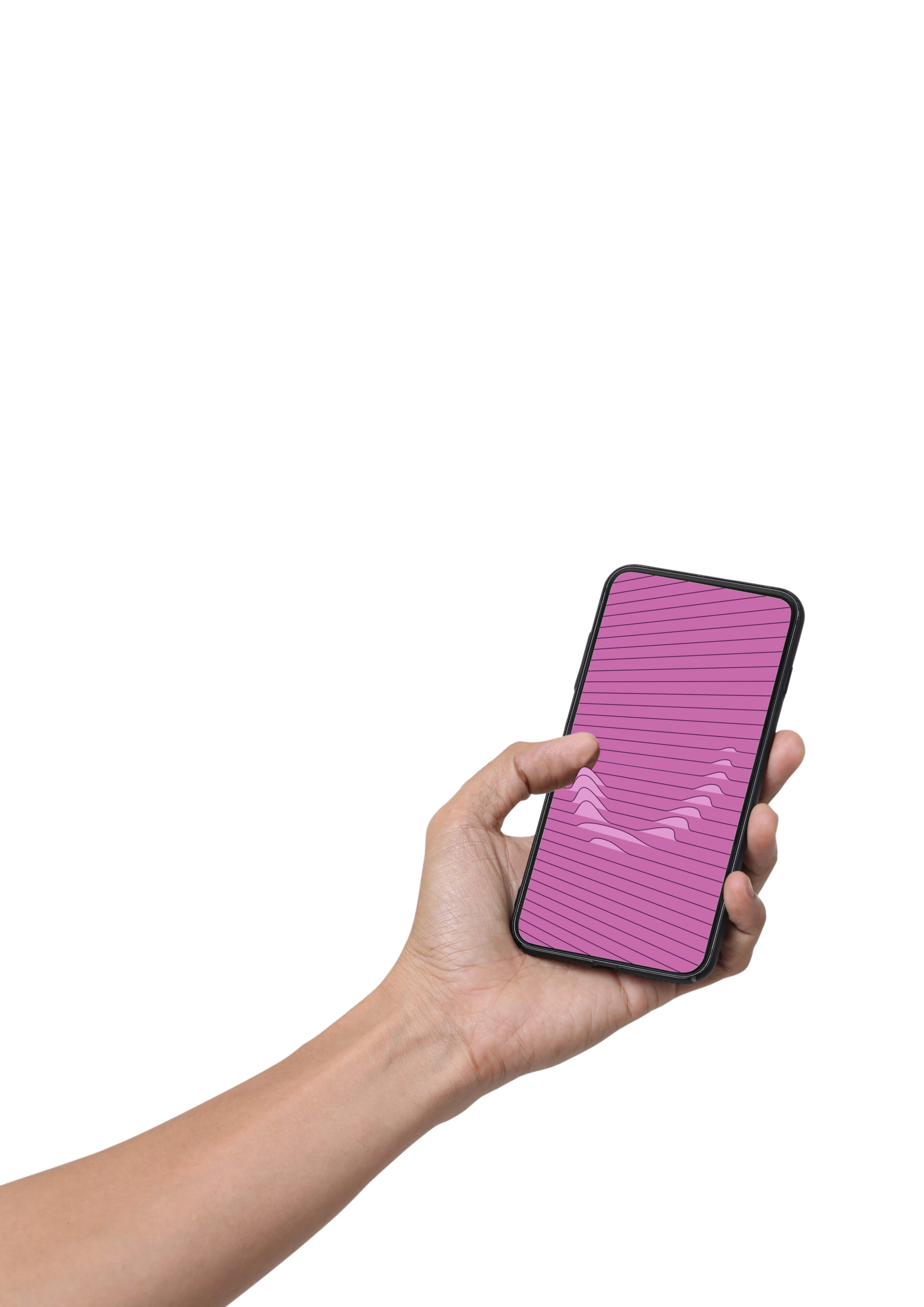While consumer electronics have offered slight improvements in recent years – faster processors, increased battery, improved graphics and better click vibrotactile haptics – innovation has largely remained stagnant. Tanvas introduces an entire sense to today’s touchscreen interactions – a new dimension that previously did not exist and that consumers have never felt in the digital world yet expect in the real world.
TanvasTouch is a marriage of haptic science, interface technology, and digital software that traces its roots to Tanvas co-founders Ed Colgate and Michael Peshkin at Northwestern University. They recognized that even though touchscreens would eventually be ubiquitous, these surfaces lacked the rich tactile experience that humans crave. This gap led them to pioneer the field called surface haptics, redefining how we interact with touch surfaces, and how those surfaces respond to our touch.
By combining electroadhesive surface friction, multi-touch sensing, and software-controlled haptics, Tanvas has invented a new interactive haptic platform for physical interaction surfaces. TanvasTouch surface haptics are programmable textures and effects that transform smooth, featureless digital screens into responsive surfaces that come alive with the swipe of a finger.
With TanvasTouch, designers are given pixel-level control over the feel of touch surfaces, combining the areas of product or industrial design with user interaction design in an entirely new way. The visual appearance, tactile feeling, and even the sound the finger makes as it moves across the surface can be designed. The flip of a toggle switch, the click of a dial, and any range of texture from grainy to fine can be intentionally designed to enhance sensory experiences. Common gestures like swiping and sliding remain intuitive while the physical force feedback is both real and uniquely linked to the surface itself.
The key to creating these effects is a departure from traditional vibrotactile buzzers, which underpin every haptic product from the rudimentary hand buzzer to the most sophisticated smartphones. TanvasTouch has no moving parts. Instead, the finger’s movement is sensed by an integrated multi-touch sensor, and surface friction is altered using a physical phenomenon called electroadhesion. This effect uses electric fields to increase friction locally as fingers slide across a smooth plane.
All effects happen between the finger and touch surface while the device remains stationary. These friction changes respond in real time, as the touch sensor constantly compares the location of the finger to a software-defined ‘friction map’ image, similar to a physical layout of tactile features on the screen. Designers program effects by passing a black and white image to the TanvasTouch API and the software tactually renders fine textures, edges and bumps while keeping tactile effects synchronized with screen visuals.
Because it’s an image, friction maps can be updated as the user interface changes, offering endless customization possibilities – the only limitation is the designer’s imagination. By combining touch sensing and haptics on the same layer, TanvasTouch is unlike anything on the market today. It’s a difficult feeling to describe in words, but the impact is felt immediately by those who experience it.



